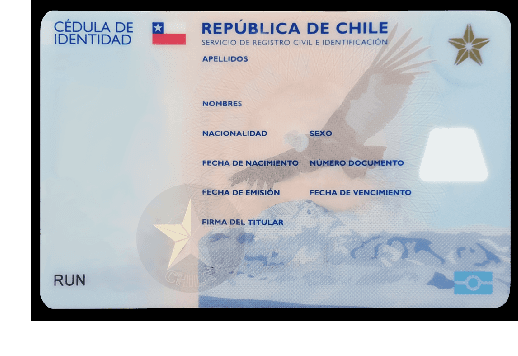Synthetic ID Card Image Generation for Improving Presentation Attack Detection
Paper and Code
Oct 31, 2022



Currently, it is ever more common to access online services for activities which formerly required physical attendance. From banking operations to visa applications, a significant number of processes have been digitised, especially since the advent of the COVID-19 pandemic, requiring remote biometric authentication of the user. On the downside, some subjects intend to interfere with the normal operation of remote systems for personal profit by using fake identity documents, such as passports and ID cards. Deep learning solutions to detect such frauds have been presented in the literature. However, due to privacy concerns and the sensitive nature of personal identity documents, developing a dataset with the necessary number of examples for training deep neural networks is challenging. This work explores three methods for synthetically generating ID card images to increase the amount of data while training fraud-detection networks. These methods include computer vision algorithms and Generative Adversarial Networks. Our results indicate that databases can be supplemented with synthetic images without any loss in performance for the print/scan Presentation Attack Instrument Species (PAIS) and a loss in performance of 1% for the screen capture PAIS.
 Add to Chrome
Add to Chrome Add to Firefox
Add to Firefox Add to Edge
Add to Edge